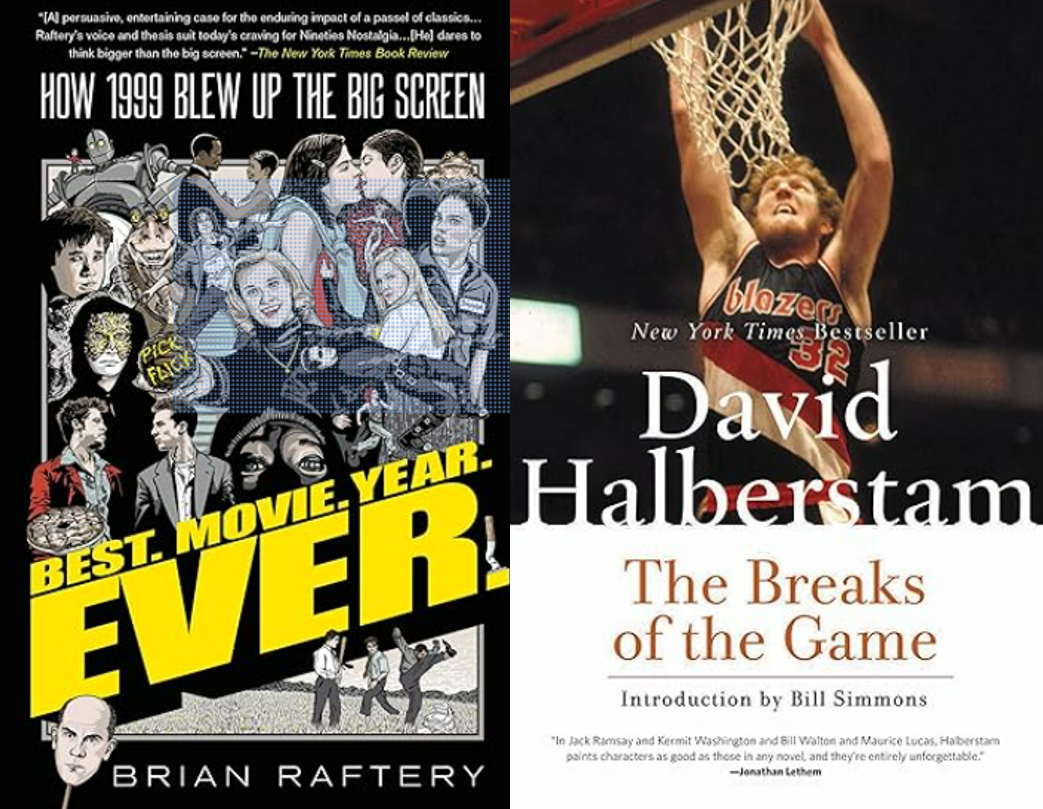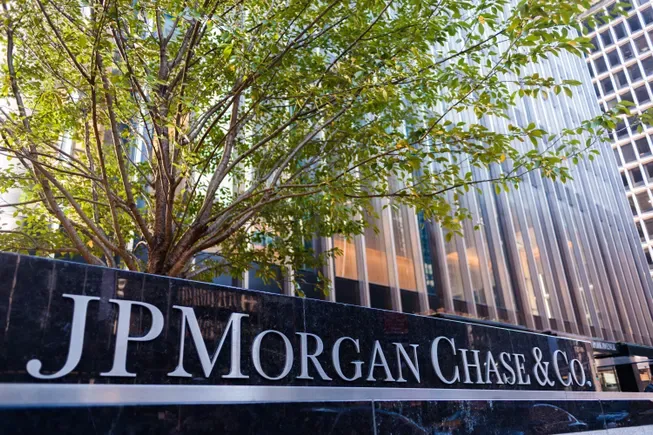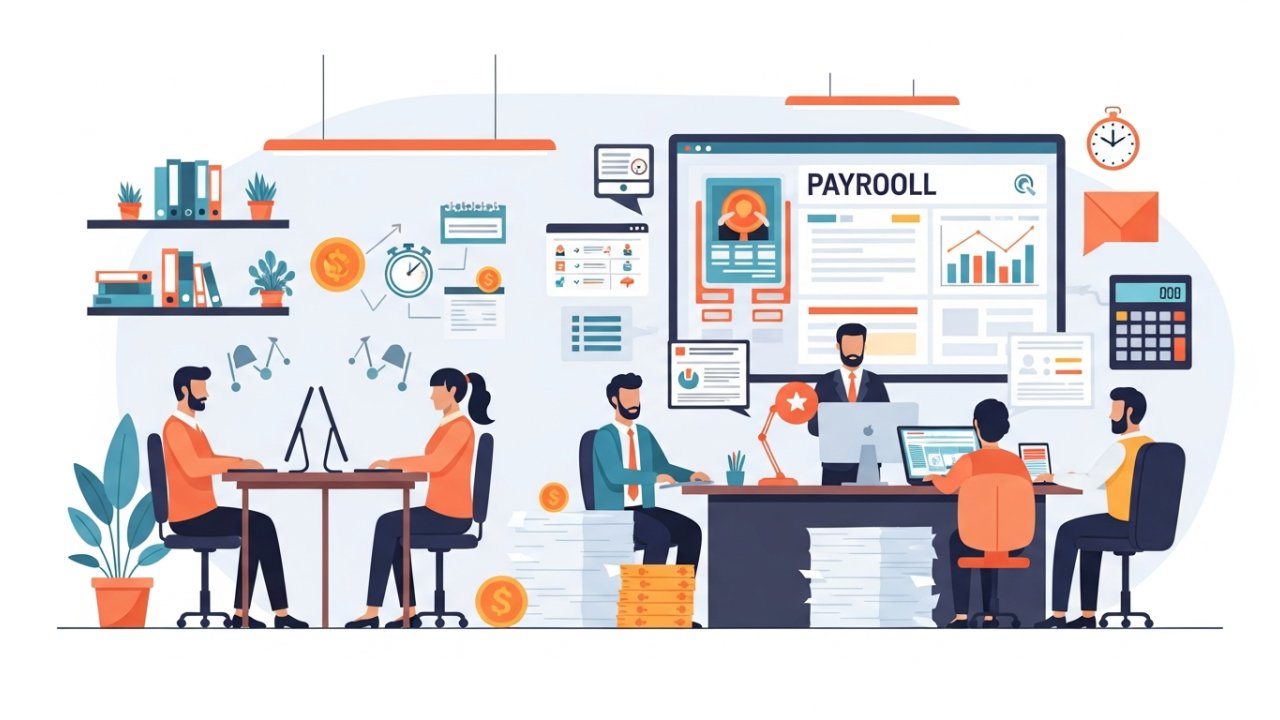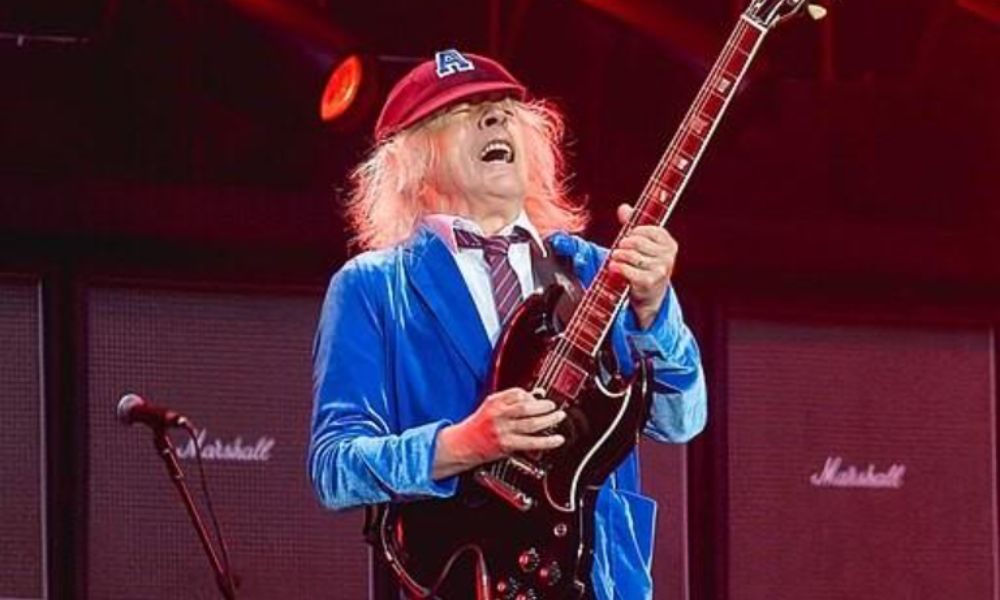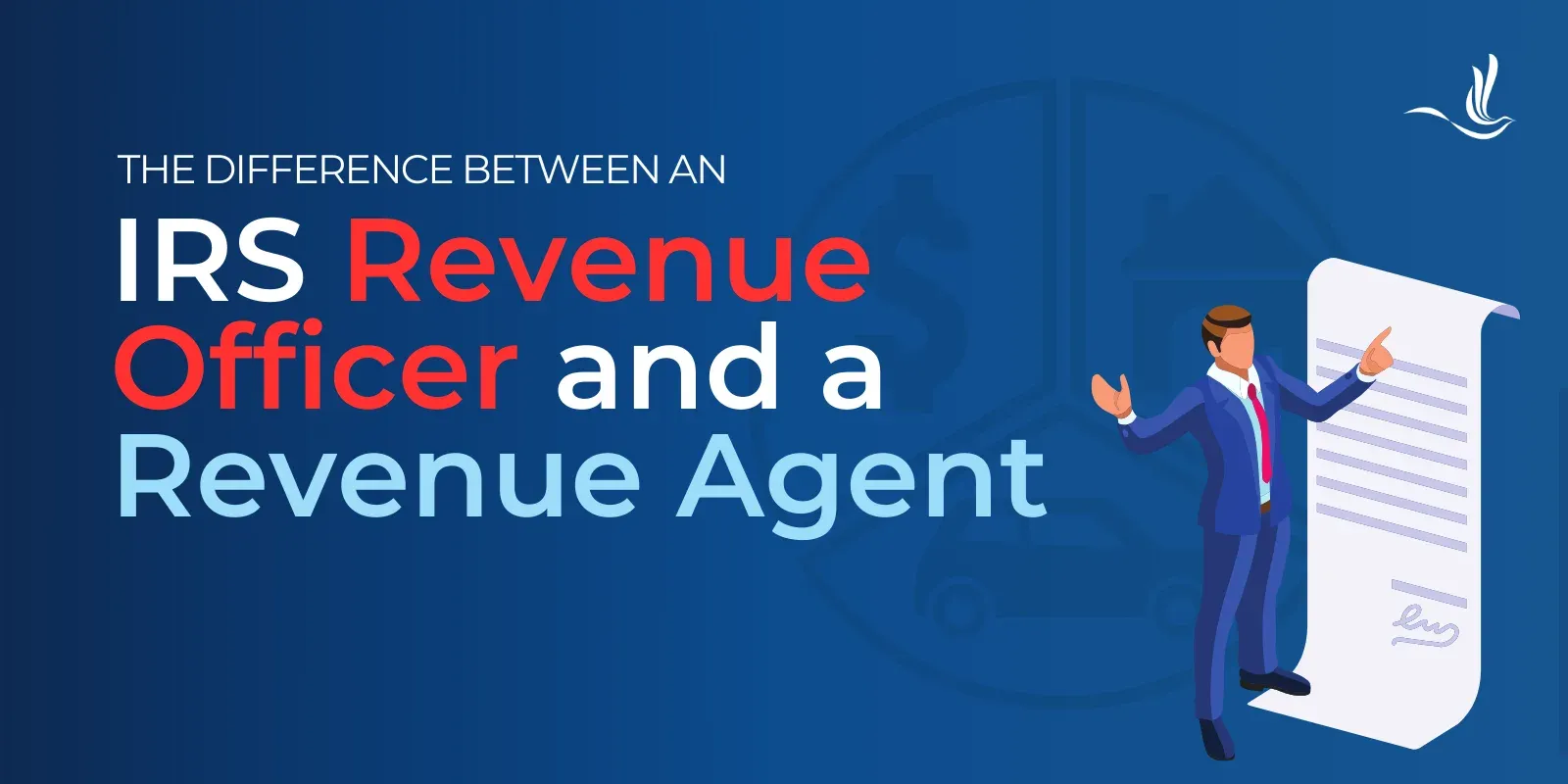I’m reading two books about different eras right now that have some themes we’re dealing with in today’s world.
The Breaks of the Game by David Halberstam is widely regarded as one of the best sports books ever written.1
Halberstam chronicled the Portland Trailblazers in the 1979-80 NBA season.
People talk about how money and greed have infested professional sports now but it was interesting to hear that this was the case even 45 years ago:
The increasing preoccupation with money was upsetting, it loomed so large on a team. No matter how much money a player made, and no matter how much more it was than he once expected, there was always going to be someone else, playing somewhere, of lesser ability, who made more. Some former players believed that too much of a player’s identity was now tied up in his salary.
Thus it was only logical that when players thought about their salaries and compared them with the salaries of other Americans, they thought not of athletic salaries past and present, nor of steelworker salaries, but of the salaries paid to other entertainers–movie stars, television stars. Very quickly the commercial norms had reached the players themselves and the norms were always for bigger and bigger money.
Where once it had been only Madison Avenue which had seen the commercial possibilities of the game, and the owners who had seen the chance to make bigger money, now the new money had seeped down to the level of the players, and they were greedy as well, aware of what every other player in the league was making.
Greed is ever-present whenever large sums of money are involved.
It wasn’t just the players but the owners too, of course:
Those responsible for maintaining the quality of the game–the owners–were suddenly overcome by an unparalleled attack of greed, which distorted and diluted the game, diminishing it artistically even as it was still seemingly on the commercial upswing. It was suddenly a product no longer in harmony with itself. The social consequences of that moment of greed were what everyone, in the league and out–players, coaches, television executives–was struggling with now, to no great success, and with increasing mutual bitterness.
Load management is a big deal these days with so many players saving themselves for the playoffs and taking nights off. That happened back then too:
Given no-cut contracts, too many games, and a schedule designed to exhaust even the most physically fit young men in America, many players responded by functioning on automatic pilot, coming alive only in the playoff games.
Halberstam talked about how this mindset extended beyond the NBA:
What had happened to basketball was typical of altogether too much happening in the new American scheme of things: there was more, but it was less.
The salaries back then were in the low six-figures.
Bill Walton of the Blazers was one of only a handful of players to make a million dollars a season.
The Thunder’s Shai Gilgeous-Alexander will make more than $70 million a year with his new record contract.
All that money isn’t necessarily making the players happier. NBA Commissioner Adam Silver talked about this a few years ago:
We are living in a time of anxiety. I think it’s a direct result of social media. A lot of players are unhappy.
Through the lens of hindsight, the 1990s feel like the last truly happy decade we’ve had.
No social media. A booming economy. A booming stock market. No one really cared or talked about politics in their daily lives.
The music was fantastic. It was arguably the best movie decade ever.
Brian Raftery wrote his book Best Movie Year Ever about 1999. It was interesting to be reminded about how much angst there was even then:
While the nineties would later be revised by some as a sort of pre-9/11 paradise, the period had in fact been marked by social and political tumult: the beating of Rodney King, the battle over Anita Hill, and terrorist attacks like the bombing in Oklahoma City. By the time 1999 arrived, it felt like anything could happen. “People forget how much anxiety there was,” says Norton. “It was the anxiety of Gen-X entering adulthood, and it had real collateral. It’s expressed in Magnolia, it’s expressed in Fight Club, and it’s expressed in Being John Malkovich: that anxiety about being asked to enter a world that seemed a little bit uninviting.”2
Time Magazine wrote a cover story about Gen X in 1990 and the lede feels like it could have more or less been written today:
They have trouble making decisions.
They would rather hike in the Himalayas than climb a corporate ladder. They have few heroes, no anthems, no style to call their own. They crave entertainment, but their attention span is as short as one zap of a TV dial. They hate yuppies, hippies and druggies.
They postpone marriage because they dread divorce. They sneer at Range Rovers, Rolexes and red suspenders. What they hold dear are family life, local activism, national parks, penny loafers and mountain bikes. They possess only a hazy sense of their own identity but a monumental preoccupation with all the problems the preceding generation will leave for them to fix.
This is the twentysomething generation, those 48 million young Americans ages 18 through 29 who fall between the famous baby boomers and the boomlet of children the baby boomers are producing.
I guess this was before Gen X was the forgotten generation.
Everything is more amplified in the information age but it’s nice to know every generation pretty much worries about the same stuff.
It’s a rite of passage.
Further Reading:
The Joneses Aren’t That Happy
1Once I started I had a hard time putting it down.
It’s very well done.
2You also had Office Space, American Beauty, Falling Down and Reality Bites in the 90s.
Disclaimer: This story is auto-aggregated by a computer program and has not been created or edited by finopulse.
Publisher: Source link

